Archival Complex means the set of documentation into which the structure of the archival funds is divided. Archival description is the description of the documents and of the logical relationships that make it possible to read a fund as a structured whole.
In Istat Multimedia Historical Archive, the description of the archival complexes conforms to the ISAD (R) and ISAAR standards outlined by the International Council on Archives. The information is collected through an articulated and navigable system of cards related to each other, which follow the hierarchical model of the ordering levels of a fund and its component parts:
- CA card – Archival Complexes (“Complessi archivistici”, in Italian)
- U card – Archival Unit (“Unità archivistica”)
- SC card – Custodian (“Soggetto conservatore”)
- SP card – Creator (“Soggetti produttori”)
The SC card – Custodian describes the Istat Historical Archive, that is, by definition, the subject who preserves the archival collections and makes them available for consultation.
The CA cards – Archival Complexes describe those which, in the hierarchical model of the ordering levels of a collection, are generally defined as the “high” levels, that is, in addition to funds, sub-funds, series and subseries. The CA cards are related to the card of the custodian, with the card of the higher level, with the card of the creator.
Examples:
| Custodian: Istat Historical Archive | ||
| Fund | ||
| 1 Central Archive | Series | |
| 1.1 Current statistical surveys | Subseries | |
| 1.1.1 Population | ||
| 1.1.2. Hygiene and health | ||
| 1.1.3. Justice | ||
| 1.1.4. Education | ||
| 1.1.5. Agriculture, forestry, hunting and fishing | ||
| 1.1.6. Industry | ||
| 1.1.7. Commerce, transportation and communications | ||
| 1.1.8. Corporate and public administrations economic accounts | ||
| 1.1.9. Prices, household budgets and wages | ||
| 1.1.0. Miscellaneous | ||
| Custodian: Istat Historical Archive | |||
| Fund | |||
| 2 Presidency | Sub-fund | ||
| 2.3 Presidency of De Meo | Series | ||
| 2.3.1 Proceedings and correspondence | |||
| 2.3.2 Resolutions | |||
| 2.3.3 Higher Statistical Council | |||
| 2.3.4 Technical committee | |||
| 2.3.5 Commissions and working groups | Subseries | ||
| 2.3.5.1 Commission for statistical and econometric studies concerning economic planning | |||
| 2.3.6 Istat staff | |||
| 2.3.7 Relations with State bodies and administrations | Subseries | ||
| 2.3.7.1 Correspondence | |||
| 2.3.7.2 Participation of the president in councils, committees and inter-ministerial commissions | |||
| 2.3.8 Relations with other entities and bodies | |||
| 2.3.9 Relations with national and international statistical institutions and bodies | |||
| 2.3.10 Conventions and conferences | |||
| 2.3.11 Studies and publications | Subseries | ||
| 2.3.11.1 Correspondence | |||
| 2.3.12 Miscellaneous | |||
The U Cards – Archival Unit describe the minimum indivisible unit of a fund, which can be a single document or a set of bound or grouped documents, such as a file, envelope, register.
Each U card is related to the card of the higher archival complex and to the card of the creator.
Example:
| Subseries | Creator: Education Institution |
| 1.1.4. Education | Archival unit |
| File: Survey on the cultural evolution of workers: notes | |
| File: Statistics of periodical press and book production: models | |
| File: Education statistics: models | |
| Fila: Sports statistics: various – Parliamentary question on the national census of sports facilities and equipment | |
| File: Statistics of the competitions carried out by Public Administrations: circulars | |
| File: Statistics of libraries, archives and cultural institutions: circulars | |
| File: Education statistics: models | |
| File: Statistics of periodical press and book production: circulars | |
| File: Education statistics: circulars | |
| File: Patent Statistics | |
| File: Statistics of libraries, archives, cultural institutions: survey models and parliamentary questions | |
| File: Statistics of libraries, archives and cultural institutions: study commissions | |
| File: Education statistics: miscellaneous | |
| File: Statistics of periodical press and book production: study commissions | |
| File: Education statistics: study commissions – Commission on the availability of technical and scientific staff; commission for education statistics | |
| File: Education statistics: legislation – Transfer to the Central Statistical Institute of the national education statistics services |
The SC – Creator cards describe the Istat bodies and offices which, by definition, have put in place, accumulated and / or stored, in carrying out their activities, the documentation, such as the President’s Office, the Personnel Office , the Directorate-General for Technical Services, etc.
These cards are related to the U and CA cards.



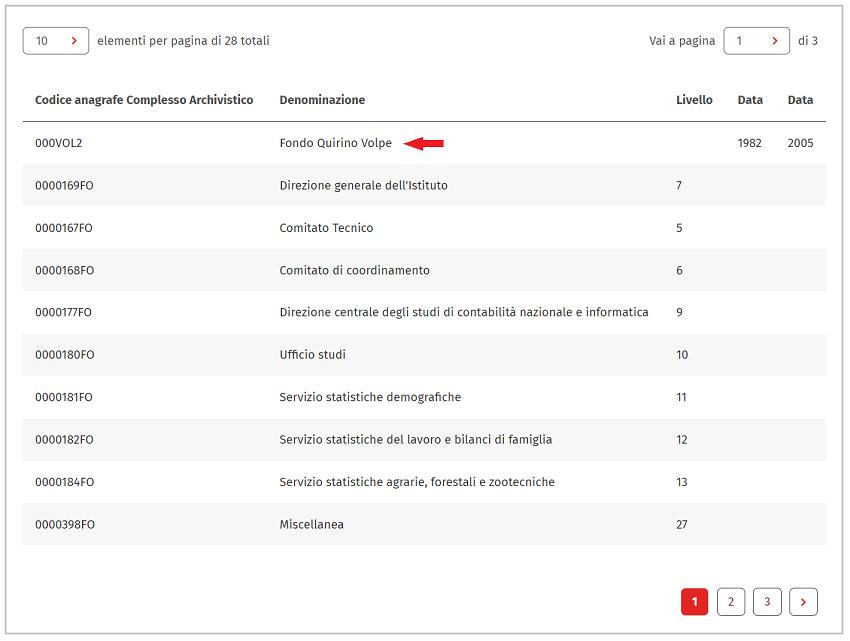
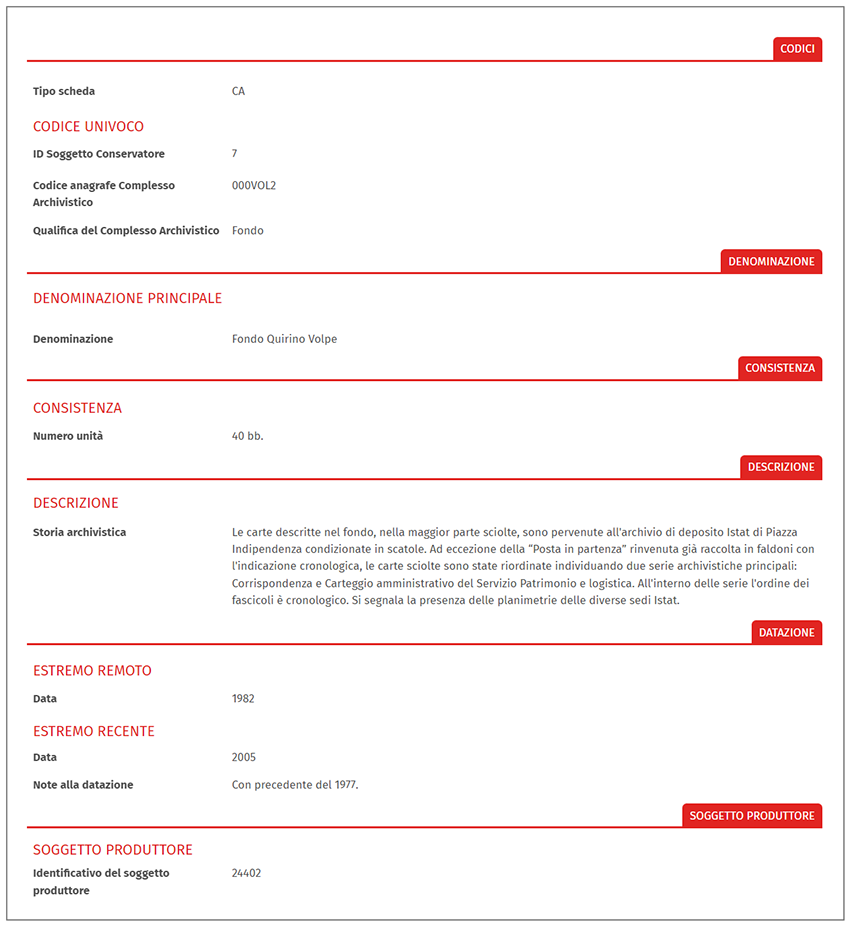

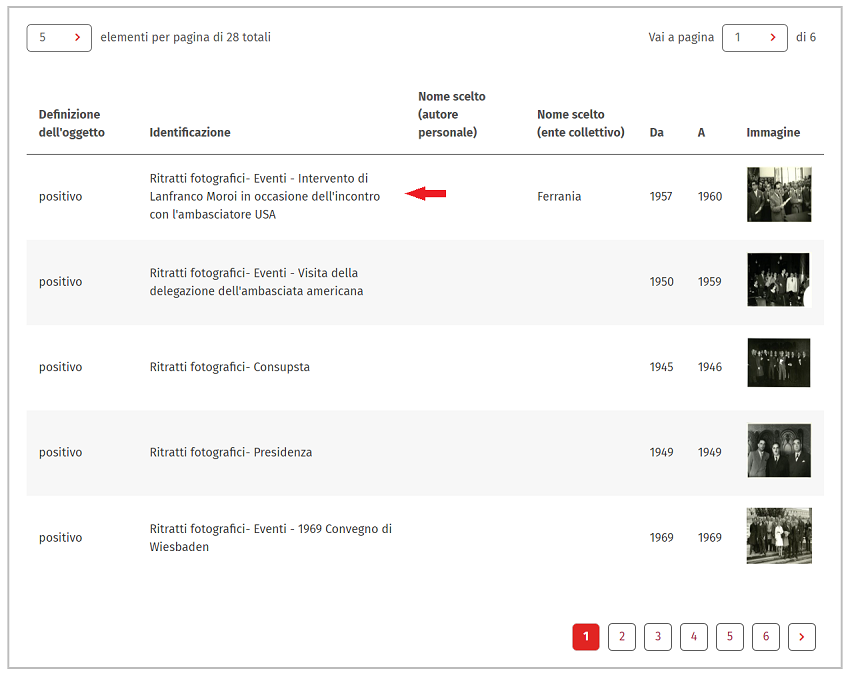
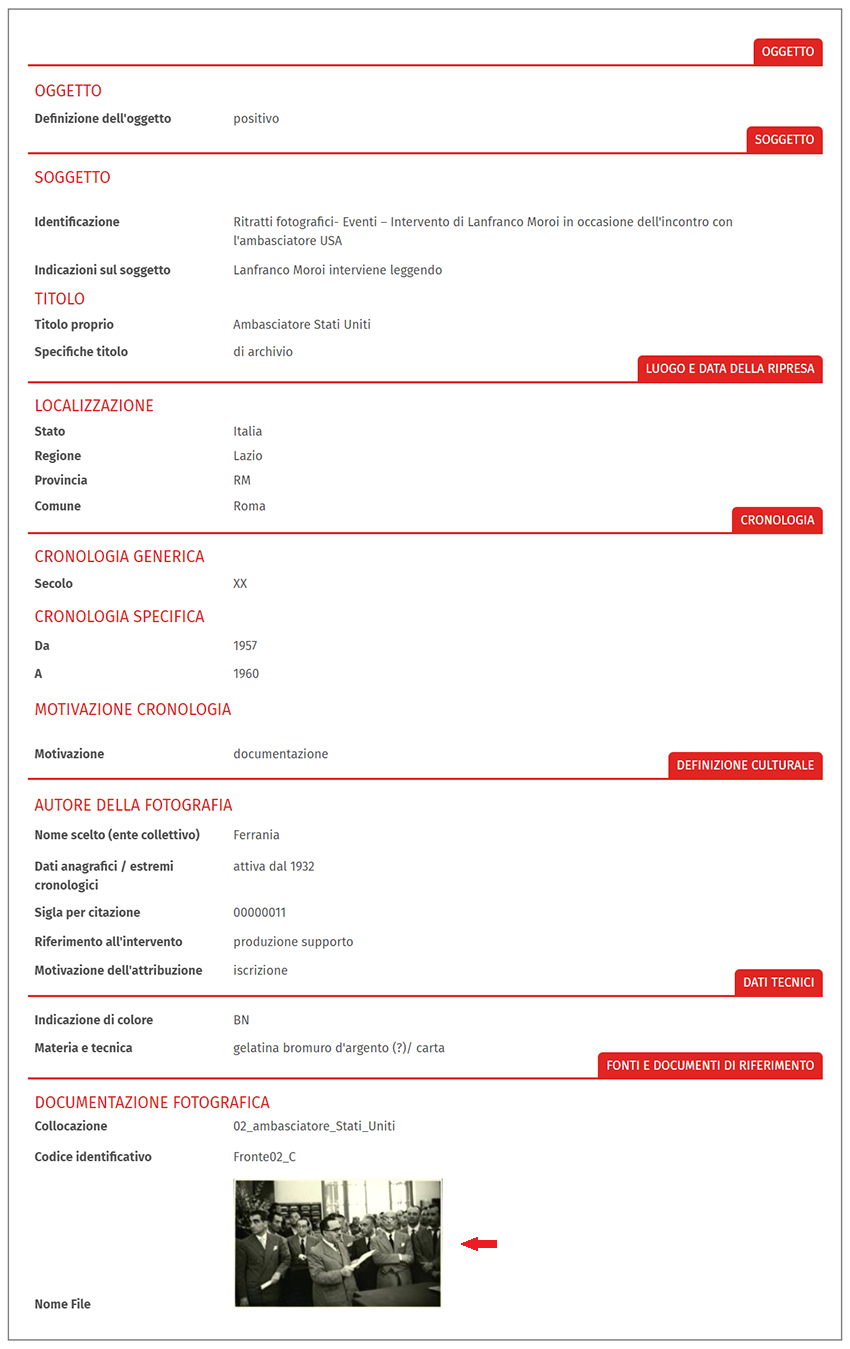
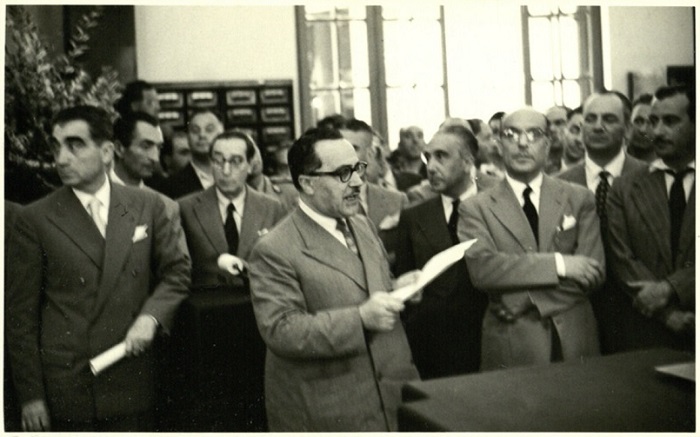

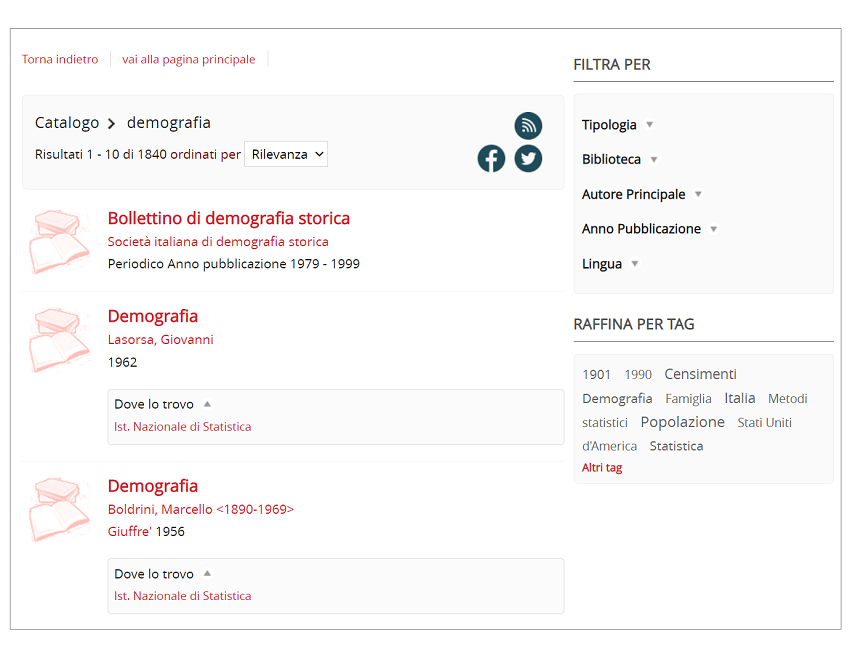
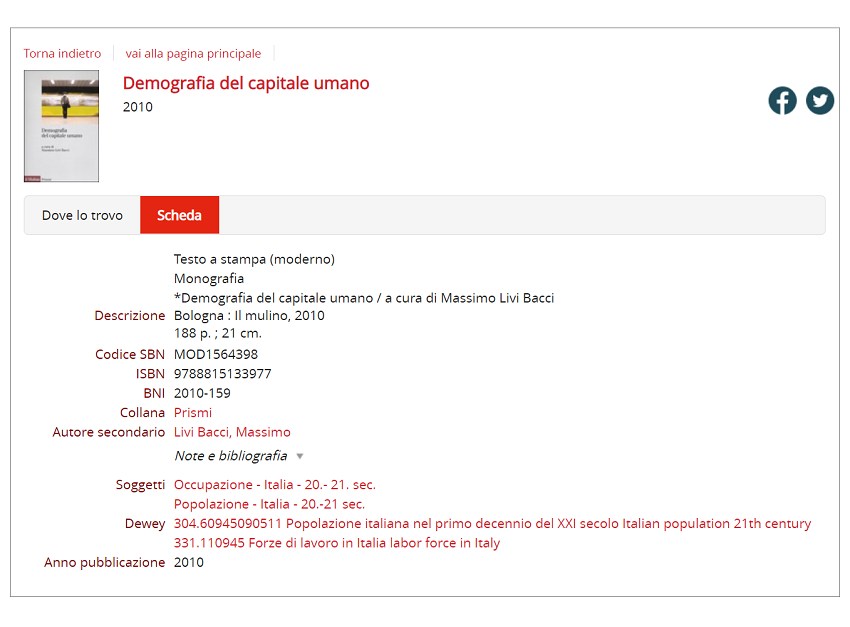
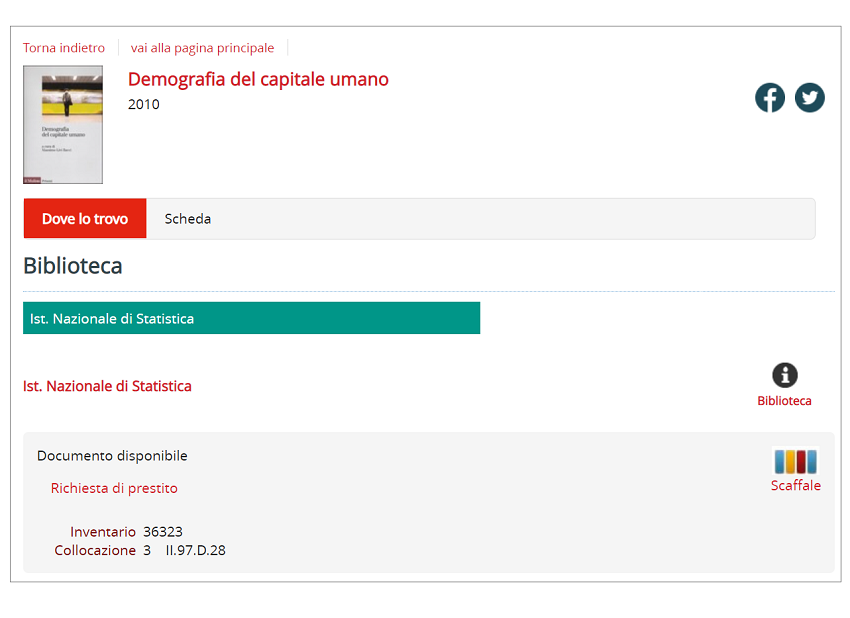
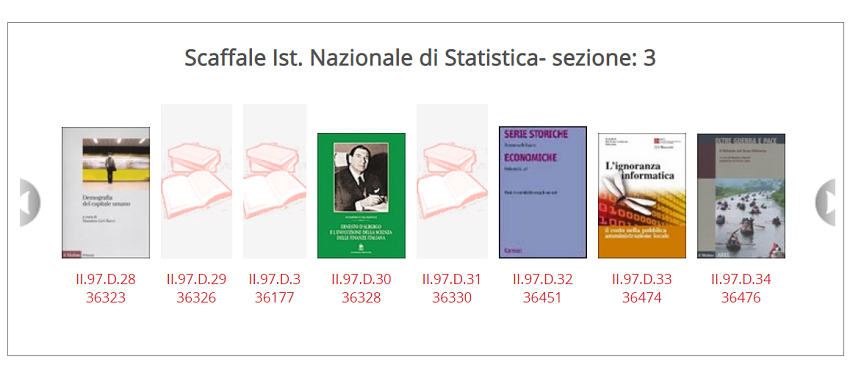
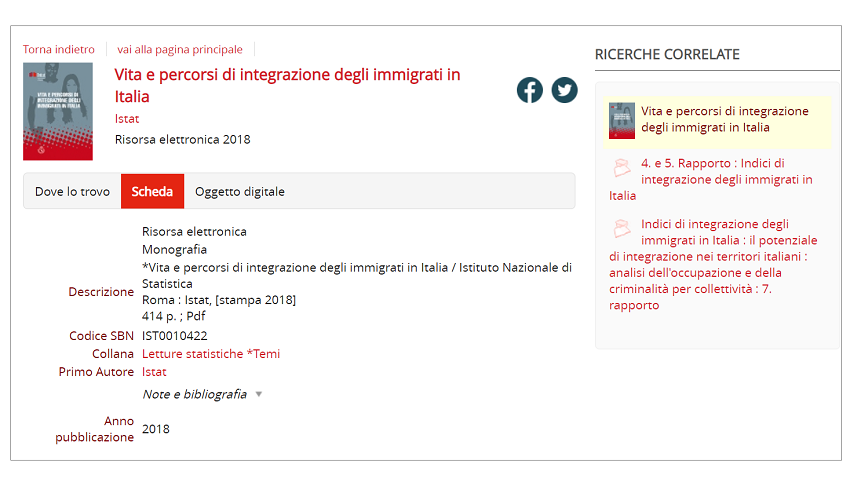

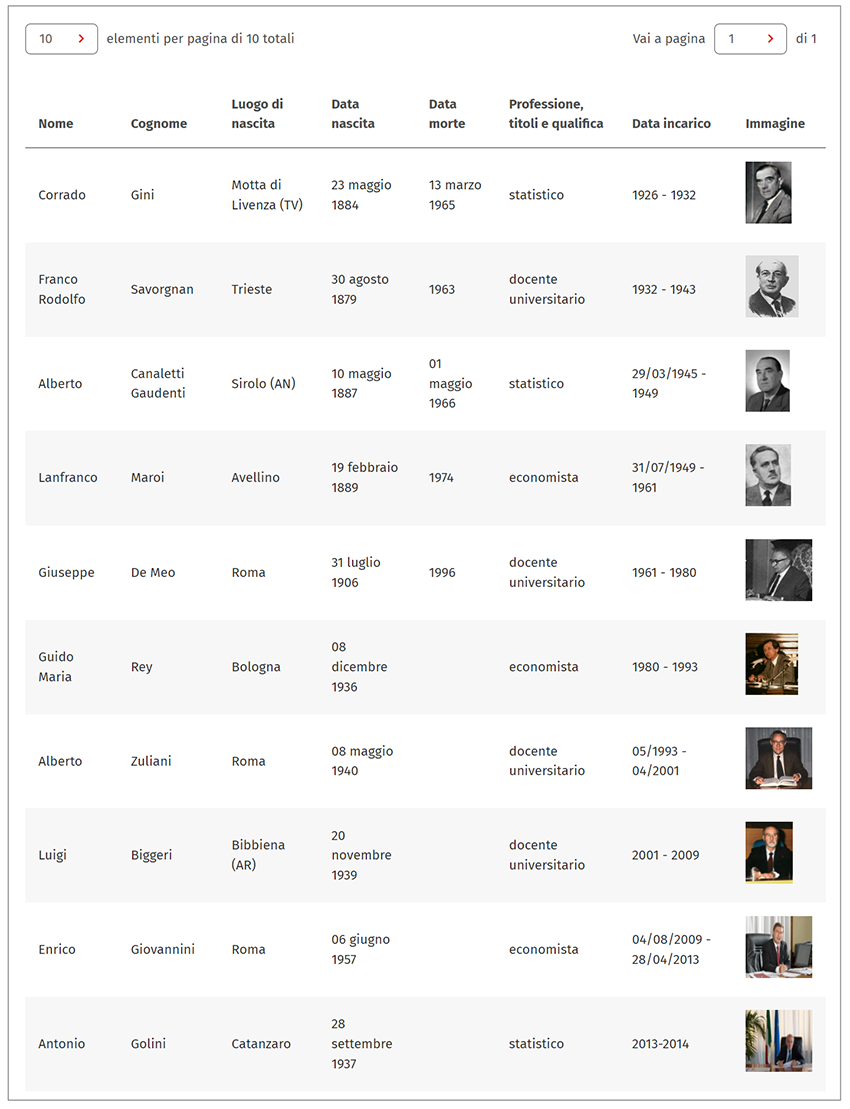
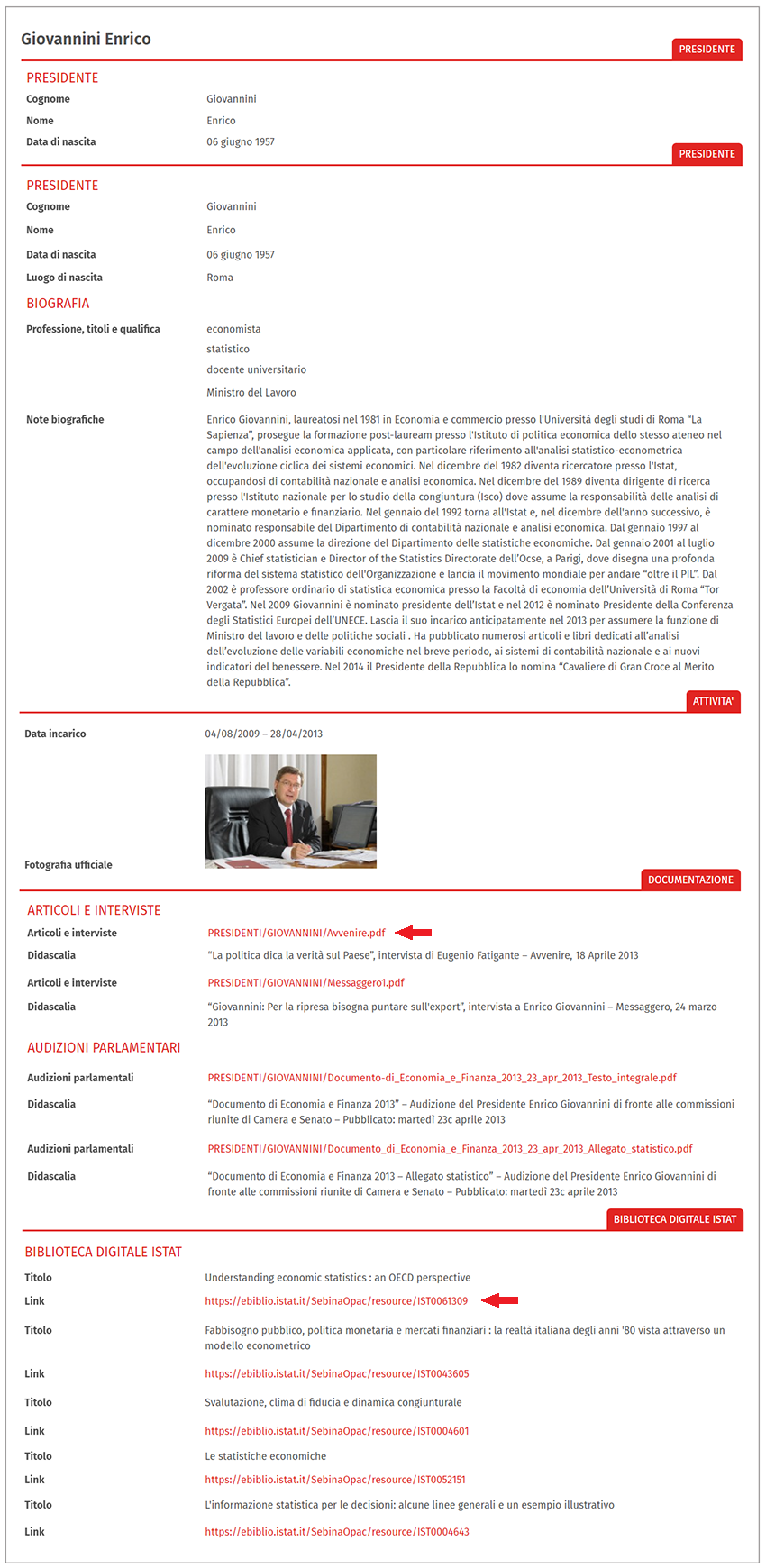
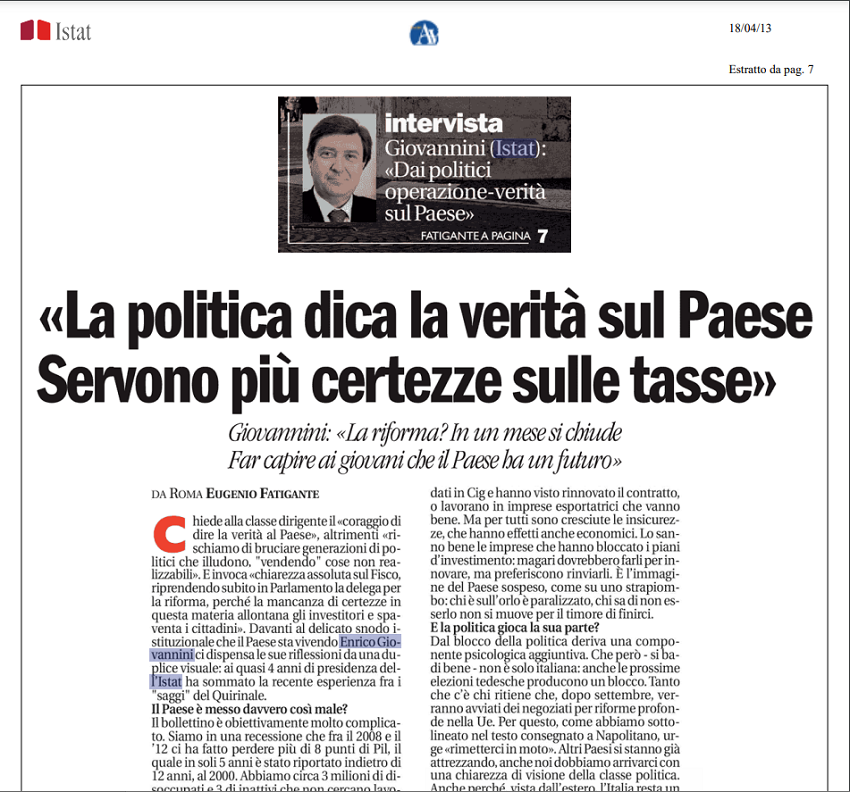
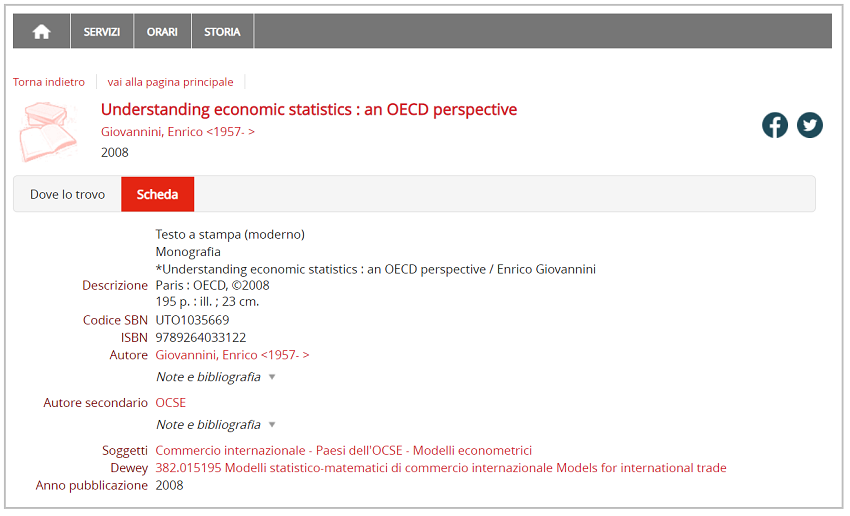

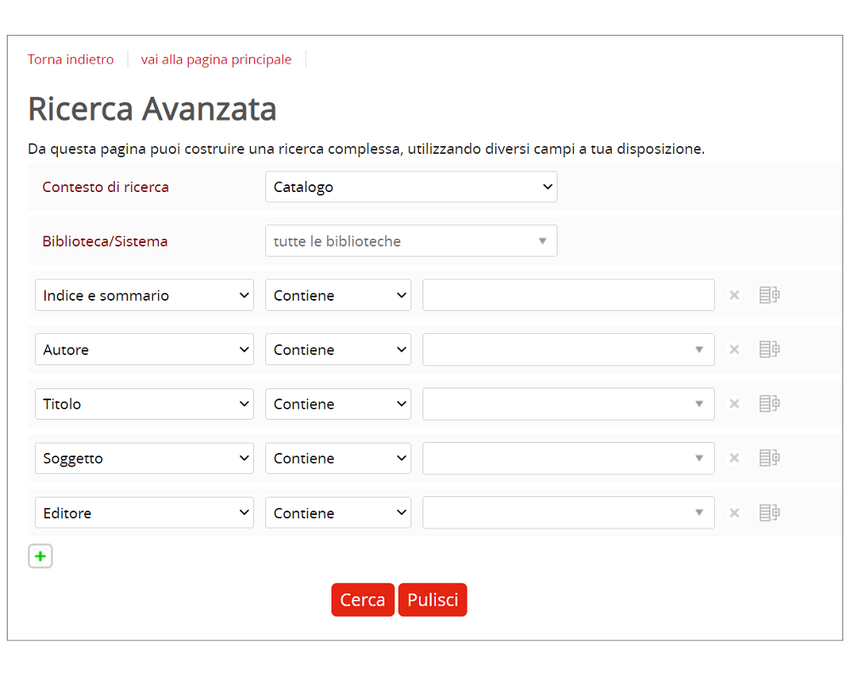
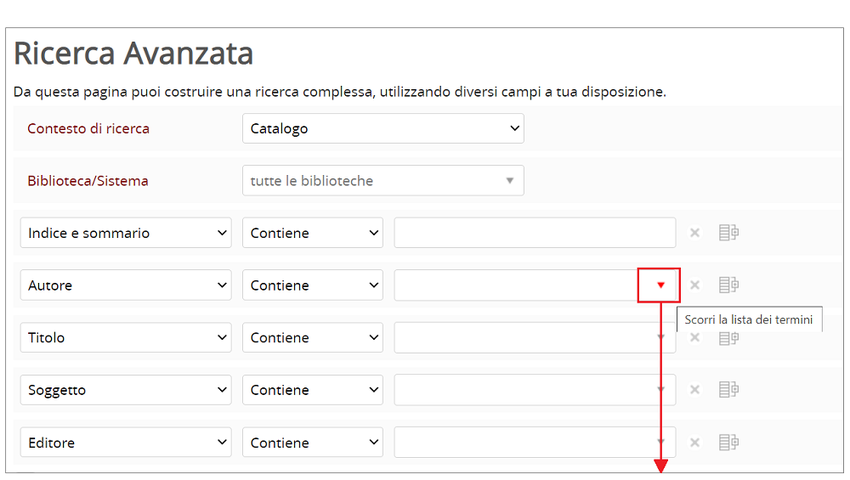
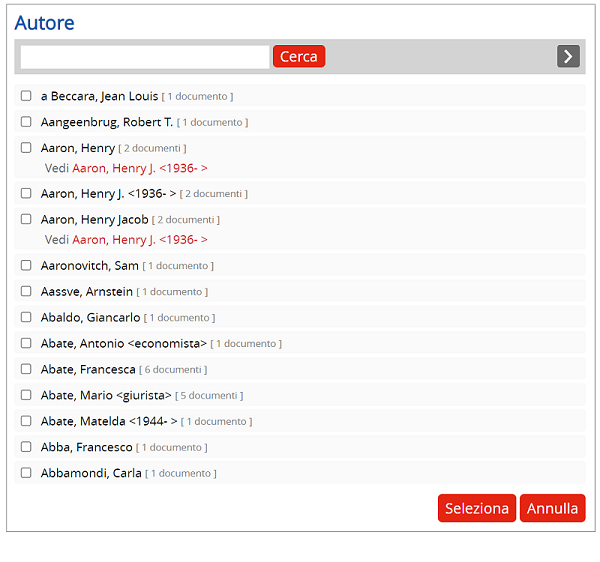
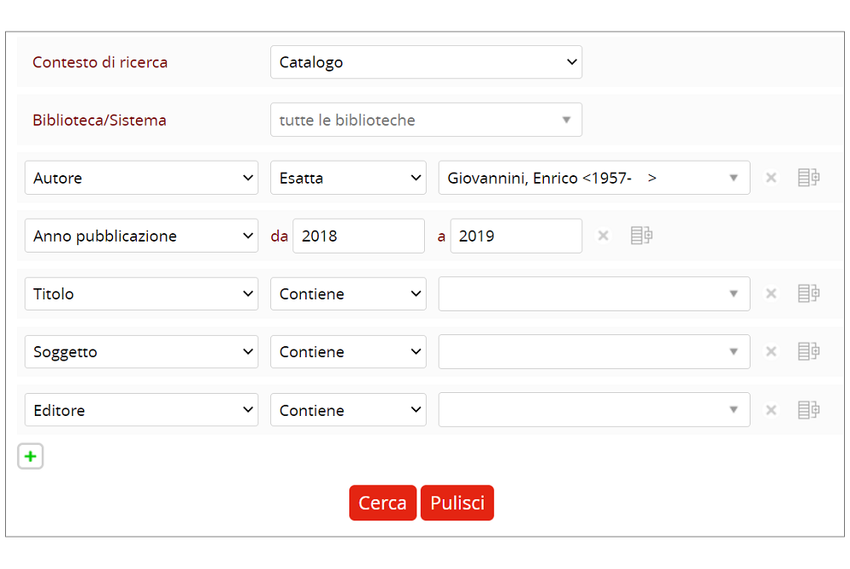
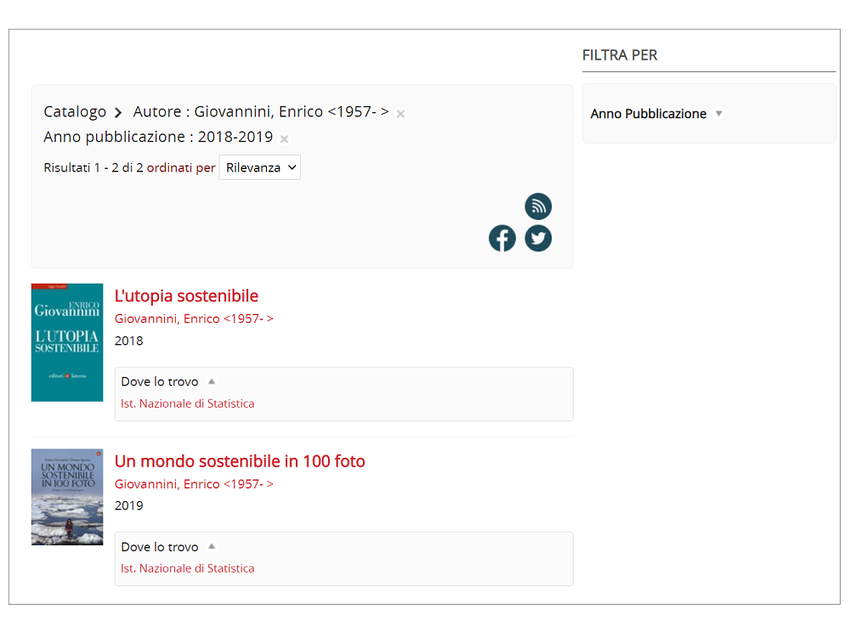
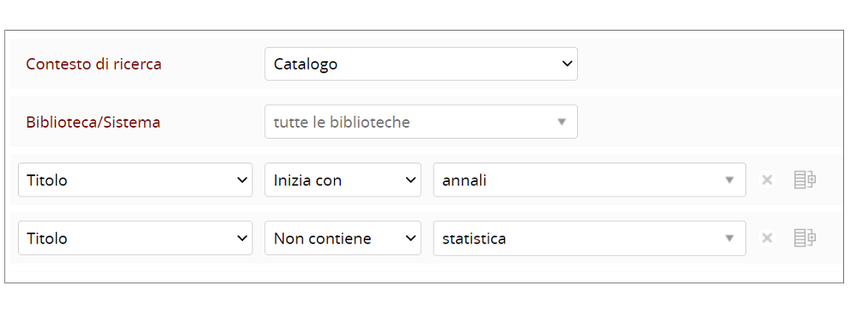

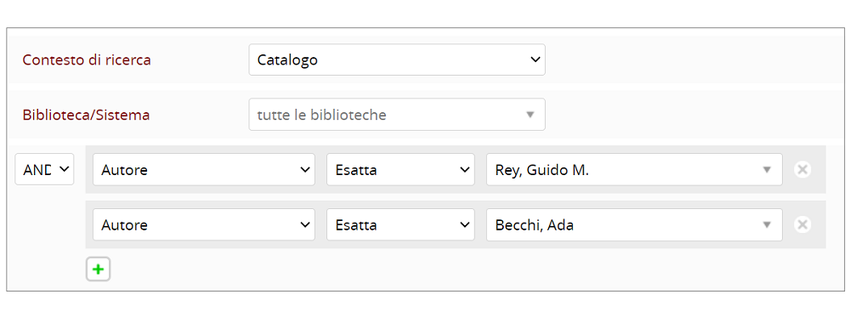
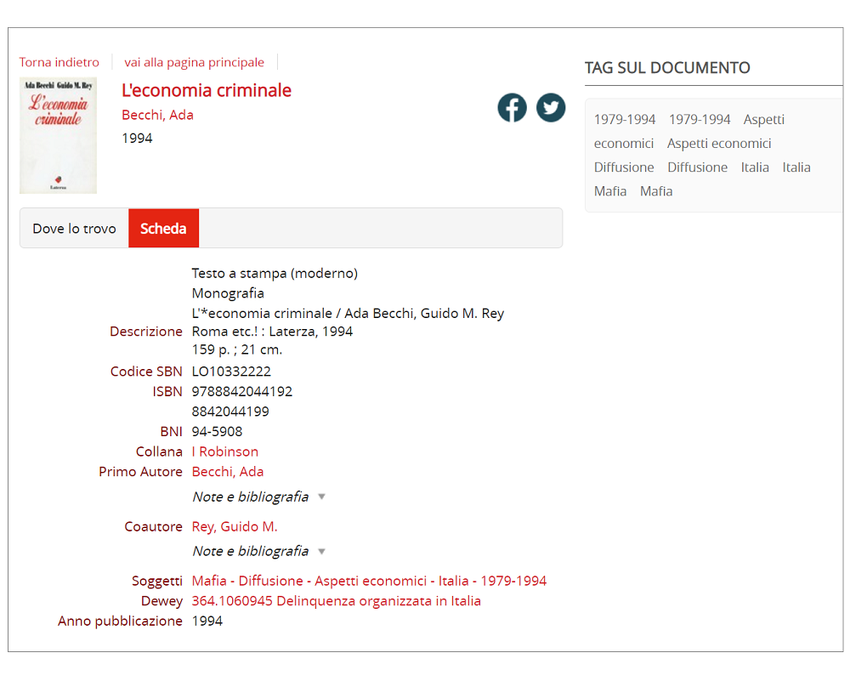
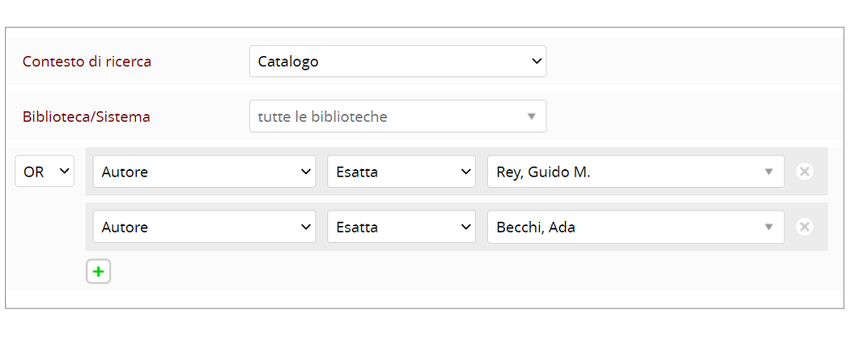
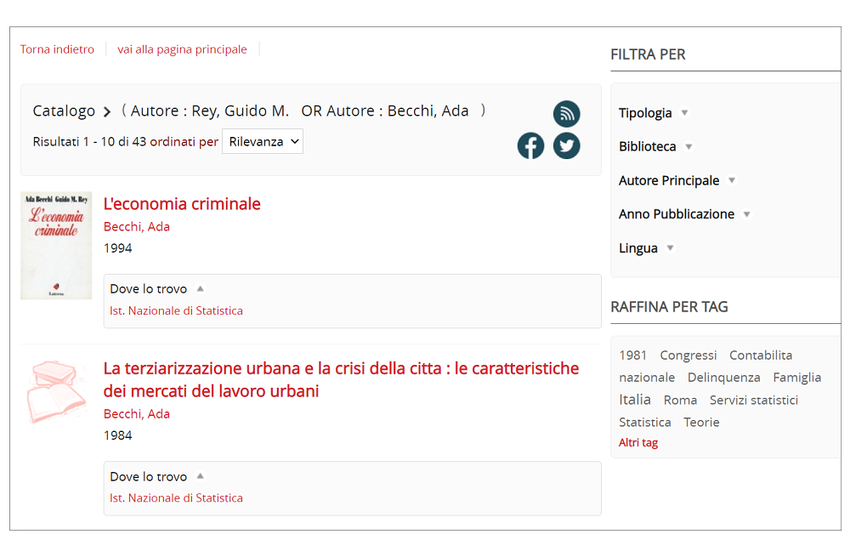

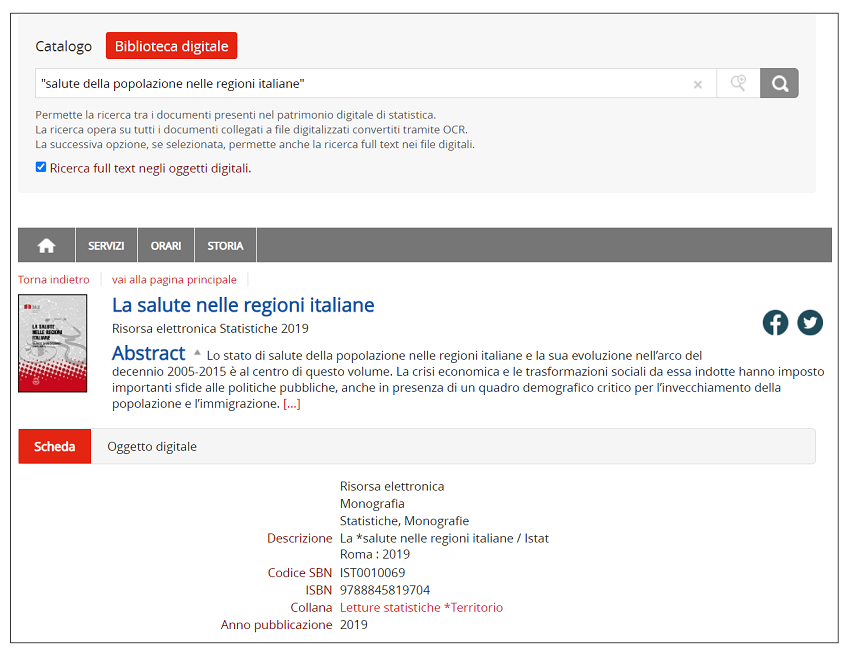 We get a monograph in return. To open the document, click on the item Digital object, then on the URL
We get a monograph in return. To open the document, click on the item Digital object, then on the URL
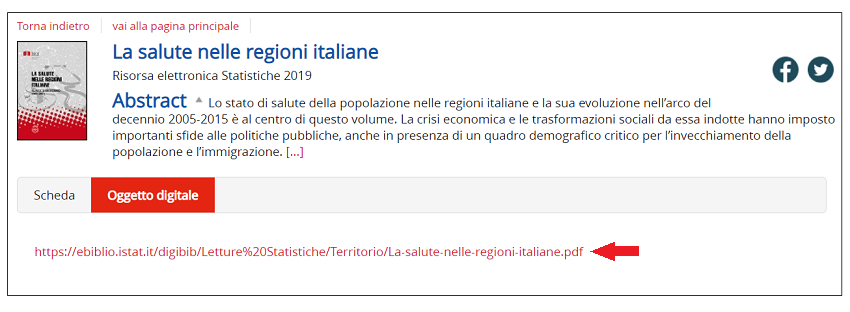
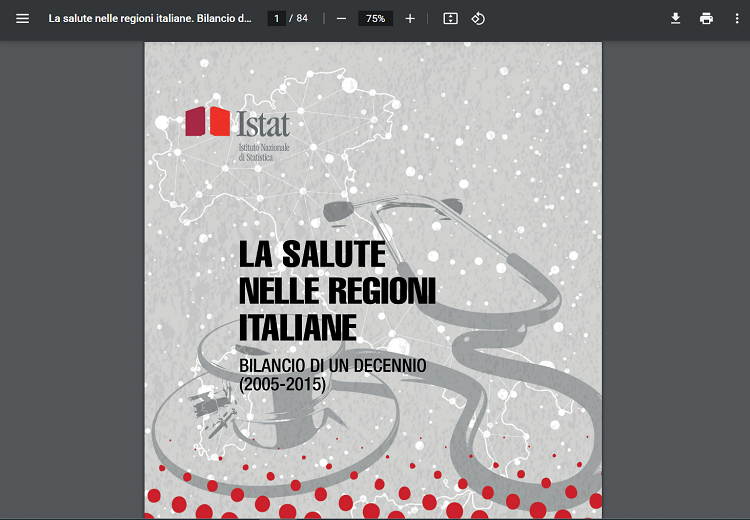
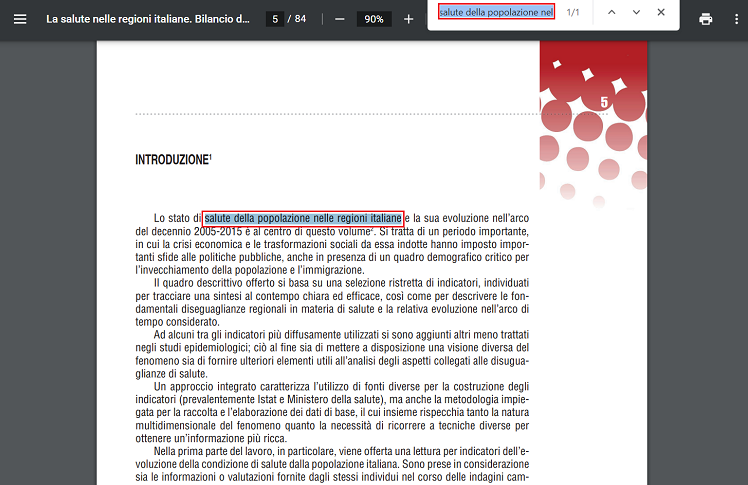
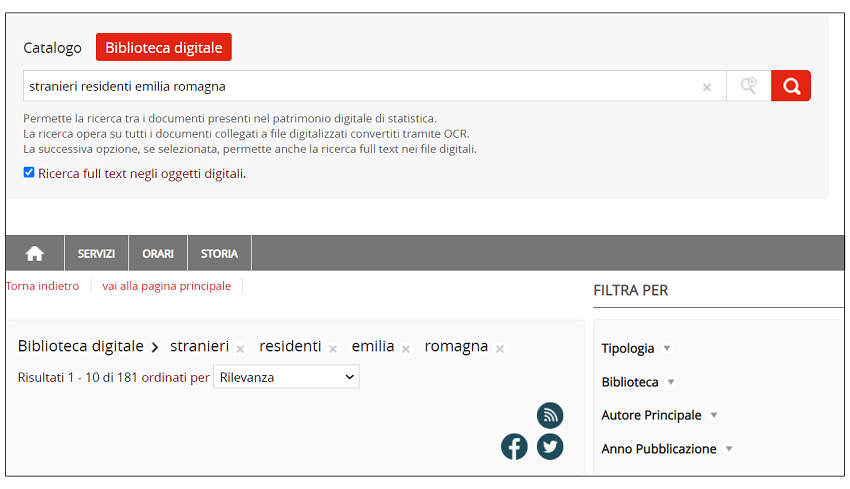 We obtain as a result 181 documents, each of which contains in the text all the words we have searched for, not necessarily written in the same sequence.
We obtain as a result 181 documents, each of which contains in the text all the words we have searched for, not necessarily written in the same sequence.
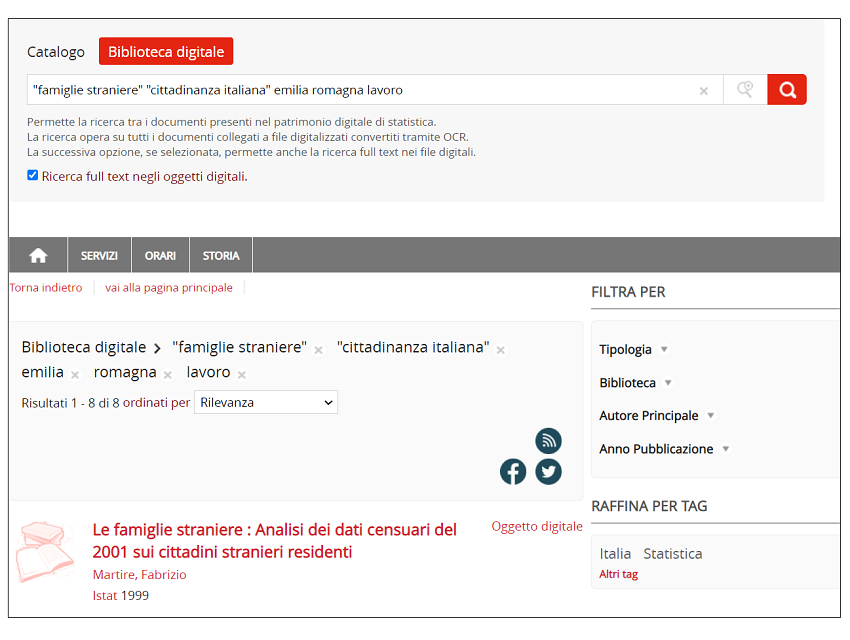



 The 1981 population census marked a turning point in terms of data quality, introducing significant innovations that have been confirmed over time. For the first time, a sample survey was carried out to estimate the degree of coverage of the census survey, while, in order to facilitate the widest use of the census results, local authorities (regions, provinces and municipalities) were allowed to acquire individual data. Among the many uses of census data was an analysis of respondents’ daily movements, and particularly interesting was the research that led to the identification of local labour systems, an information system that continues to be updated.
The 1981 population census marked a turning point in terms of data quality, introducing significant innovations that have been confirmed over time. For the first time, a sample survey was carried out to estimate the degree of coverage of the census survey, while, in order to facilitate the widest use of the census results, local authorities (regions, provinces and municipalities) were allowed to acquire individual data. Among the many uses of census data was an analysis of respondents’ daily movements, and particularly interesting was the research that led to the identification of local labour systems, an information system that continues to be updated.